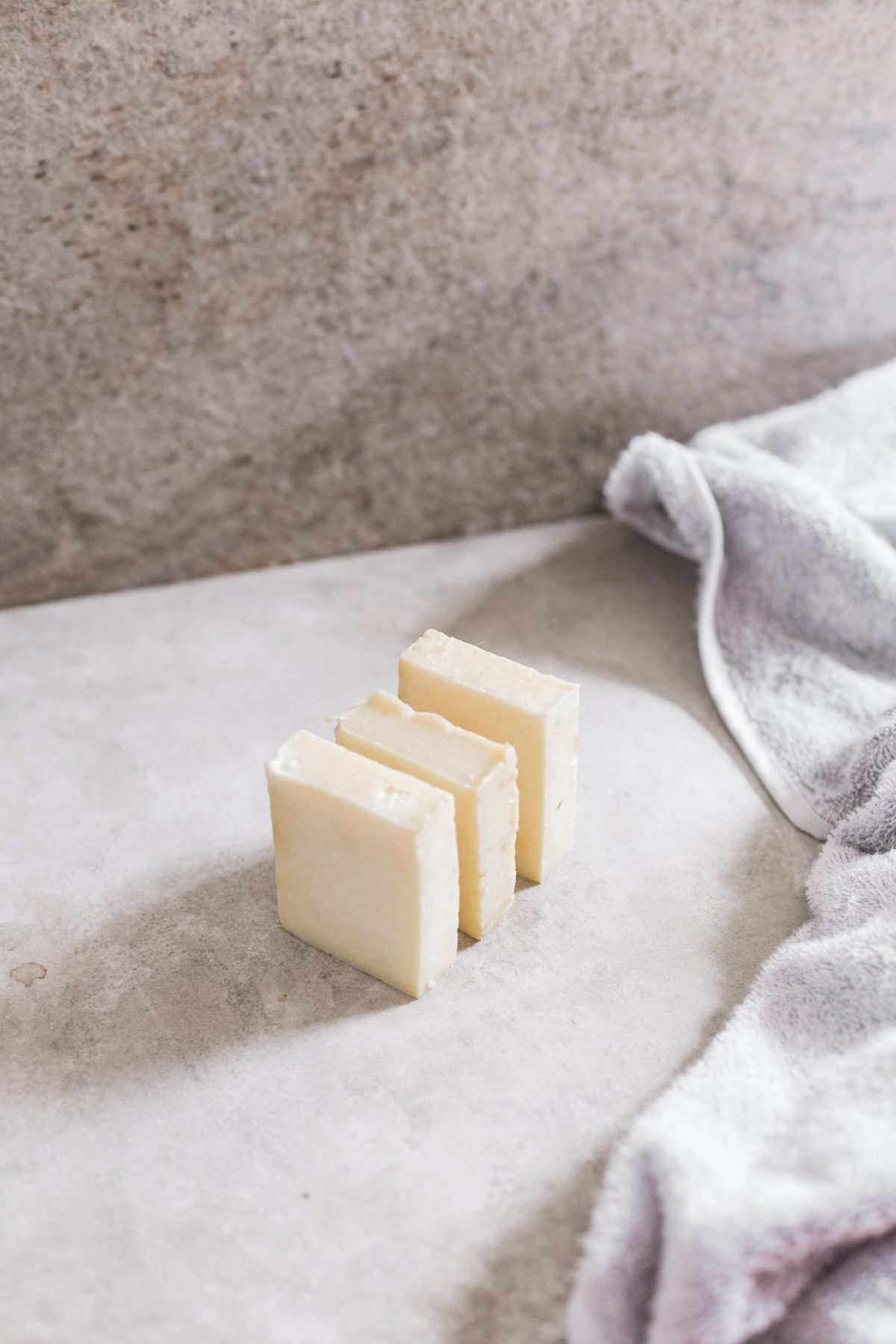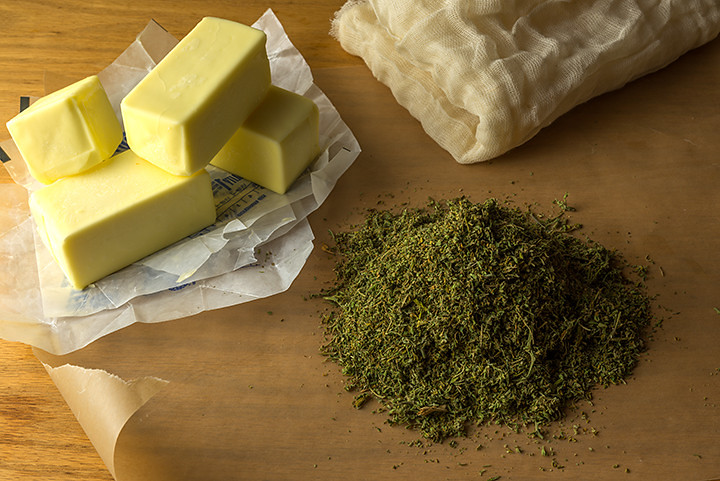How to Make Cannabutter
We are always looking for ways to get the most out of our organic certified flower. Because of the unique terpene profiles that each of our strains offer, we’re big fans of cannabis-infused cooking in particular.
When it comes to the art of gastronomy, we’ve enlisted experts like Adam Barski (also known as The Budder Chef) to show us the way. Equally obsessed with details and perfecting the recipe for success, we think there’s many wonderful parallels between the way our farmers grow organic greenhouse bud and how professional chefs prepare meals for even the most discerning individuals.
First make note of whether you’re cooking with indica, sativa or a hybrid, as each will still produce its respective desired effects. When selecting your cultivar, pairing a strain’s terpene profile with your chosen recipe is a great way to enhance the flavours of any meal.

